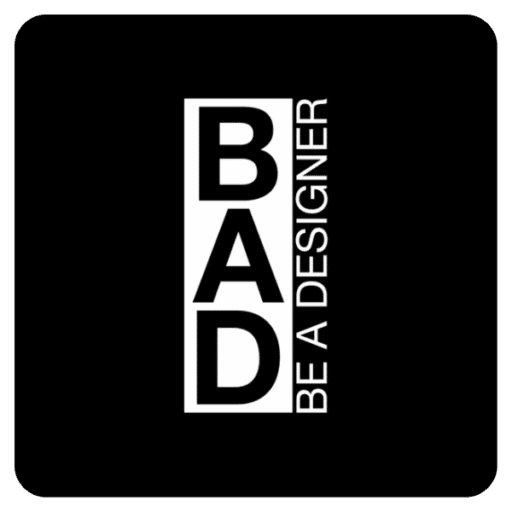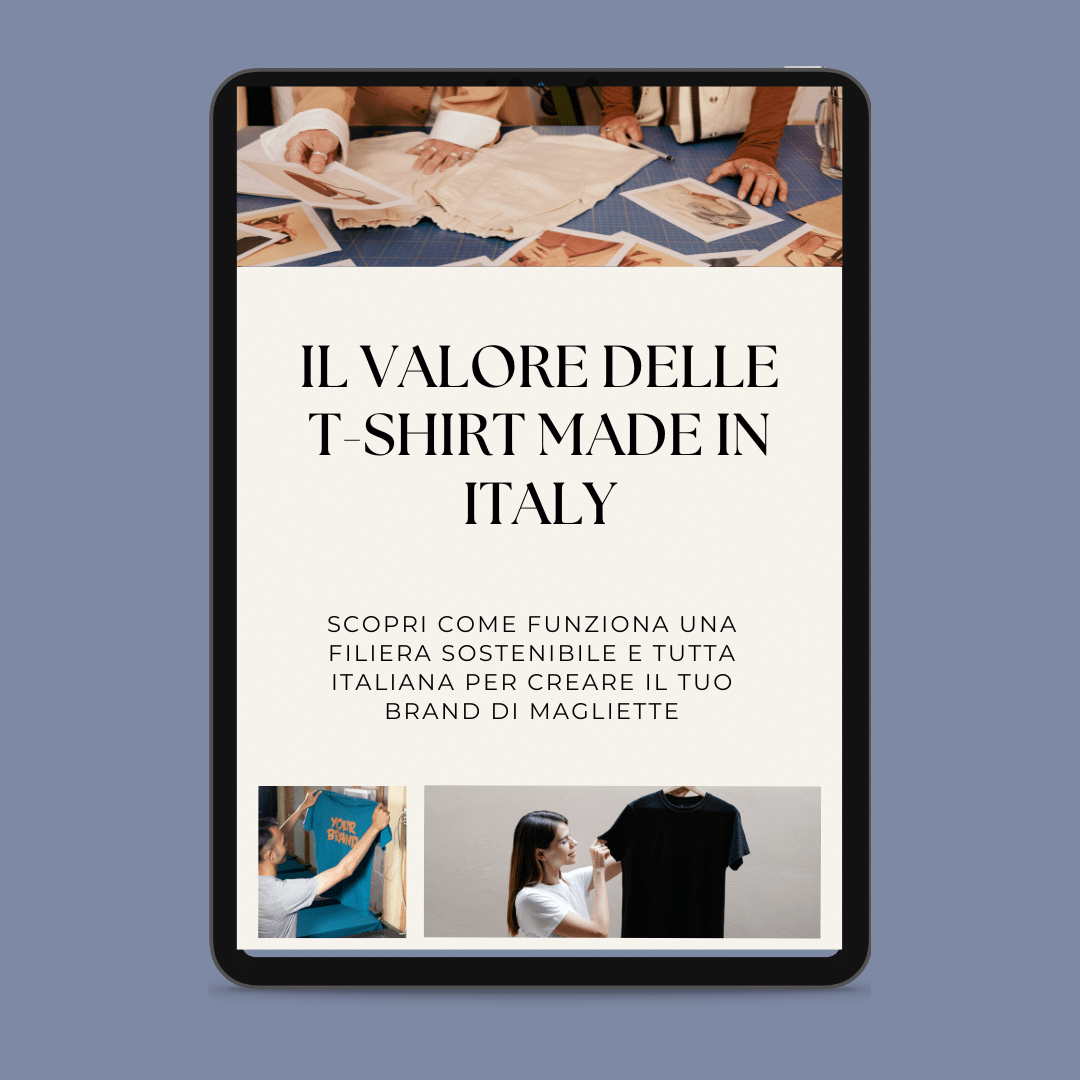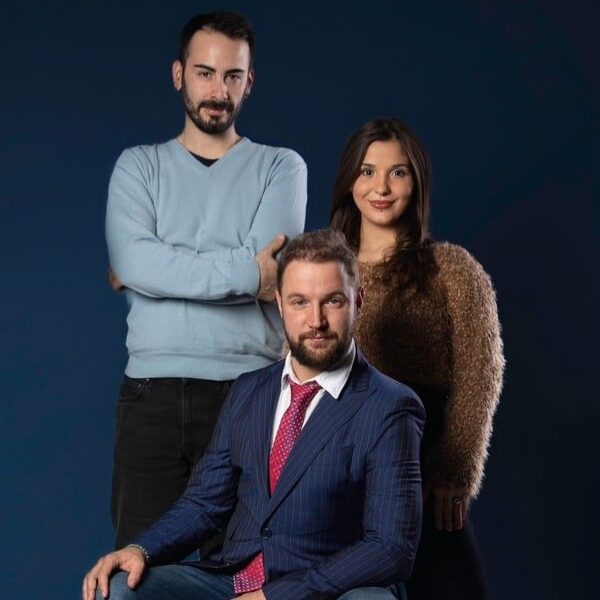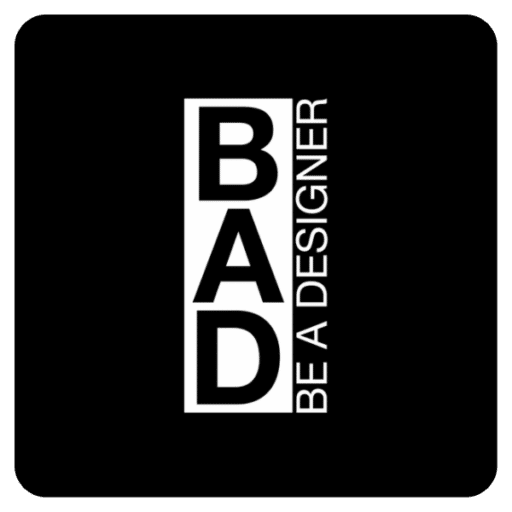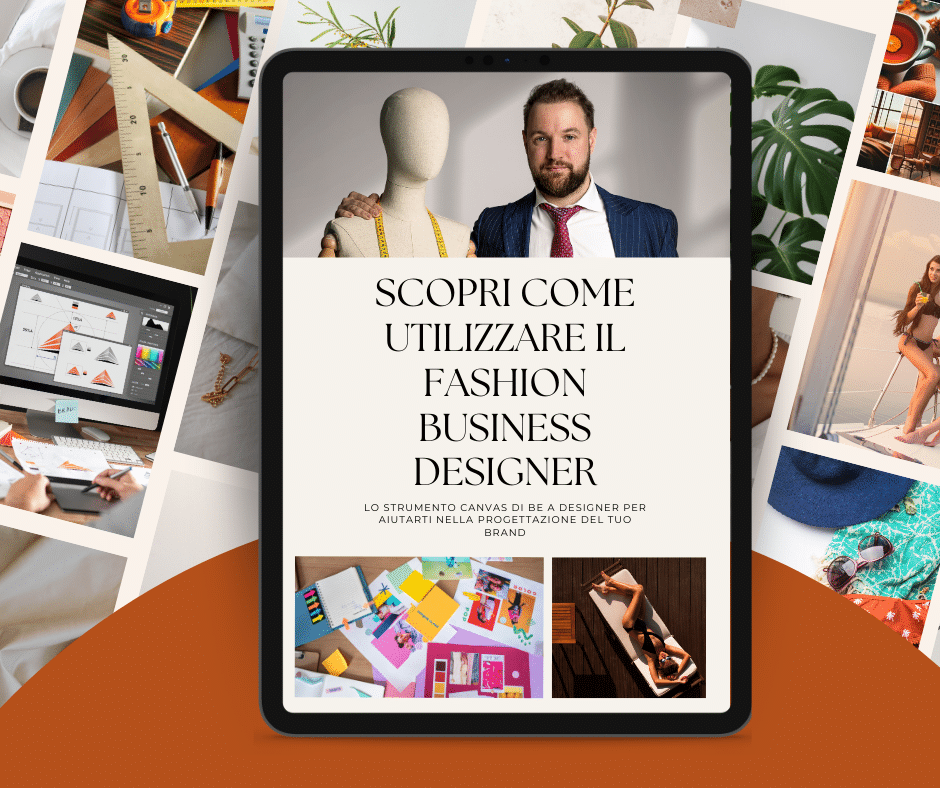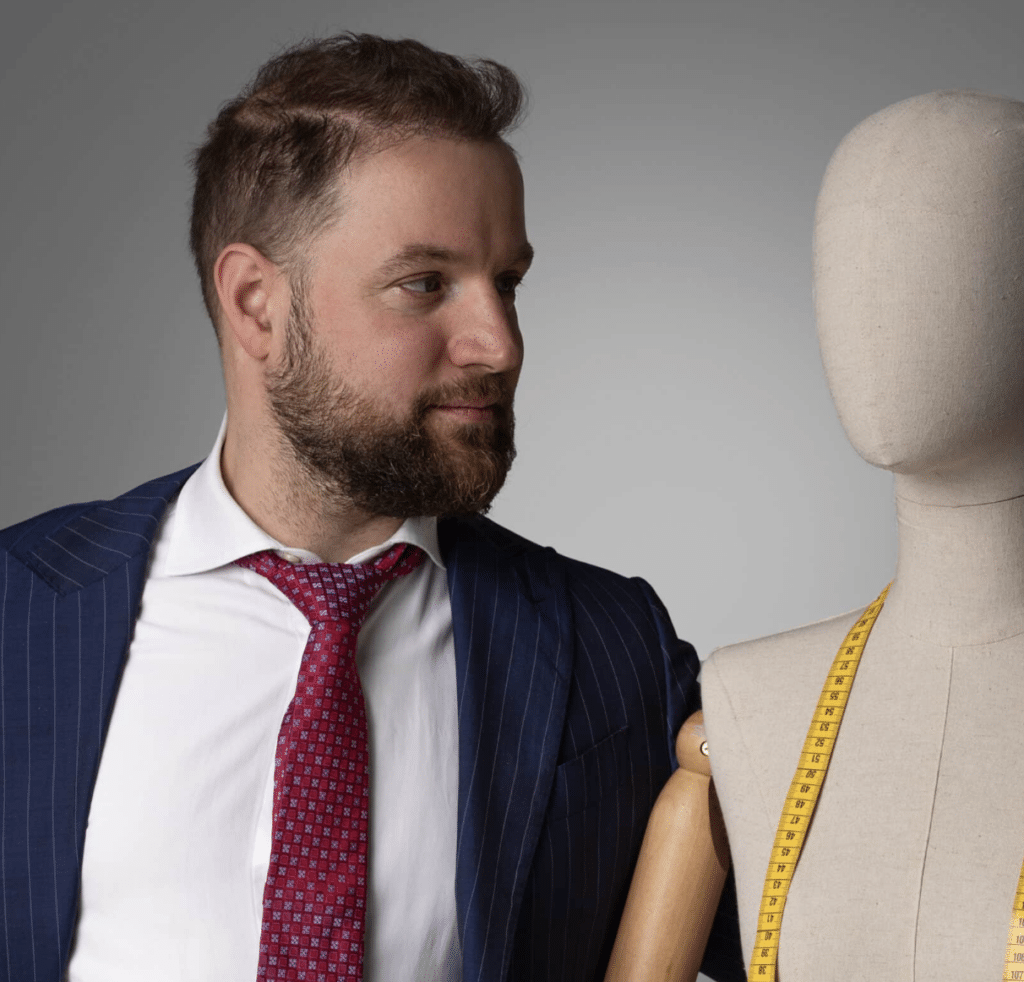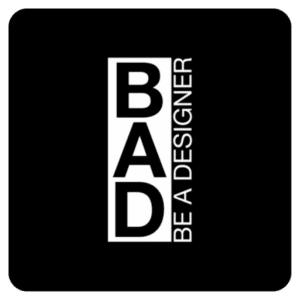There are some garments that never go out of fashion. Not because they are trivial, but because they are indispensable.
Like the perfect T-shirt. You find it in every style guide, and you probably have at least one or two - or maybe ten - in your drawer. But how to recognise a production of T-shirts Made in Italy really exceptional?
The classic t-shirt is one of the most versatile garments in the human wardrobe, from newborns to adults: with just a few adjustments, it fits into any context.
T-shirts often occupy a large part of anyone's wardrobe, but deciding whether to wear a quality T-shirt should not become an everyday dilemma.
The problem is that we often underestimate their value. We accumulate any models, neglecting the only detail that really matters: real quality. Finding the perfect T-shirt requires attention, time, and even a larger investment. Why choose a production of T-shirts Made in Italy means opting for a short supply chain, certified materials, ethical workmanship and craftsmanship that can be felt at the first touch.
That is why, if you are thinking of creating your own brand - or simply wish to offer a superior product - entering the world of Italian manufacturing may seem like a complex undertaking. Where to find the right suppliers? How to recognise a truly reliable laboratory?
And what are the real costs to produce in Italy?
In this article, I will guide you step by step into the universe T-shirt Made in Italywith practical advice, strategic vision and concrete tools to turn an idea into a competitive, desirable, and why not, sustainable product.
Italian craftsmanship quality
When it comes to handcrafted quality, Italy immediately conjures up images of workshops where expert hands transform raw material into a high-end garment. In the case of T-shirt production made in Italy, this translates into a series of operations performed with extreme care: the yarn weavingthe colour controlthe cut, the packaging and finishing. Each step is designed to eliminate defects, optimise the ergonomics of the garment and enhance the wearer's experience.
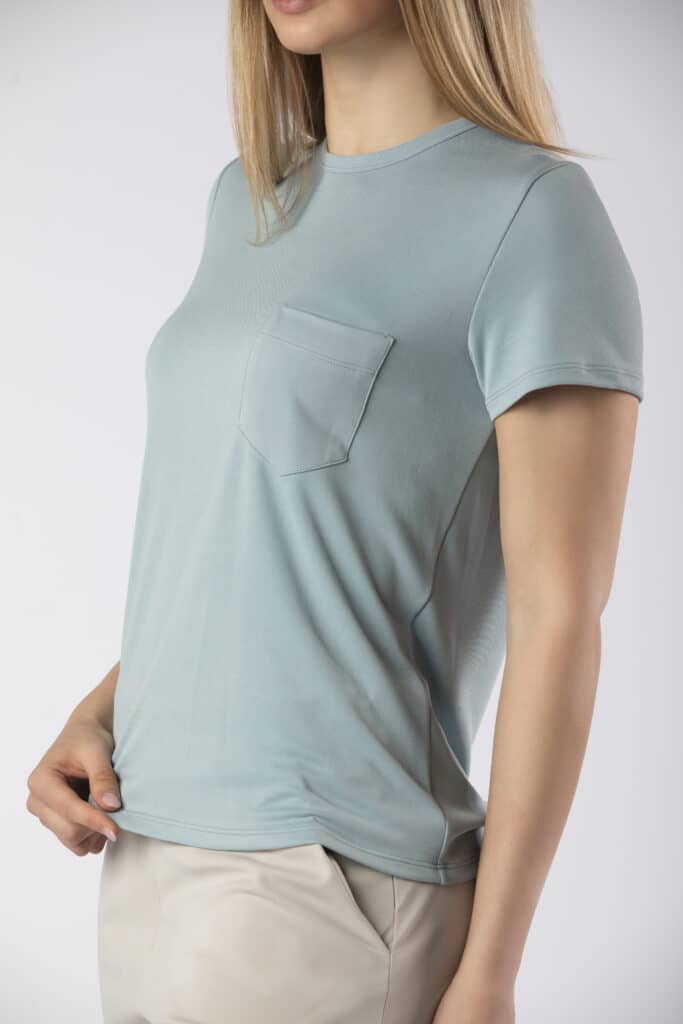
From the point of view of the designcraftsmanship allows for innovative fits and unique details, such as flat seams to avoid irritating the skin, reinforced edges to avoid the 'stretch' effect and a ribbed collar to maintain the original shape over time. In addition, the choice of high-quality fabrics - long-fibre cotton, modal, bamboo or fine blends - guarantees superior comfort: the T-shirt is soft to the touch, breathable and thermoregulating.
Manual control by specialised technicians also makes it possible to extreme customisationfrom the weight of the fabric (measured in grams per square metre) to the density of the weft, right down to the choice of exclusive colours made from dyes with a low environmental impact. This level of detail is unthinkable for large-scale mass production, where the aim is to speed up times and reduce costs, often at the expense of durability and comfort.
The T-shirt market in Italy and the world
According to recent estimates, the total value exceeds USD 100 billion annually, with an average growth rate of 4-5 % per year, driven as much by large international retailers as by emerging brands targeting quality niches.
In Italy, the premium segment - where production is located t shirt made in Italy - performs even better: the rediscovery of 'real Made in Italy' has prompted consumers and foreign buyers to value durability, attention to detail and certified materials.
Over the past five years, online sales of basic garments have grown by more than 20 % per year, with a peak in D2C (direct-to-consumer) platforms that enable them to cut intermediate costs and offer competitive prices. At the same time, the traditional in-store market has not disappeared: boutiques and single-brand shops offering the 'face-to-face' experience with the product still have great appeal, especially in tourist and high-fashion locations.
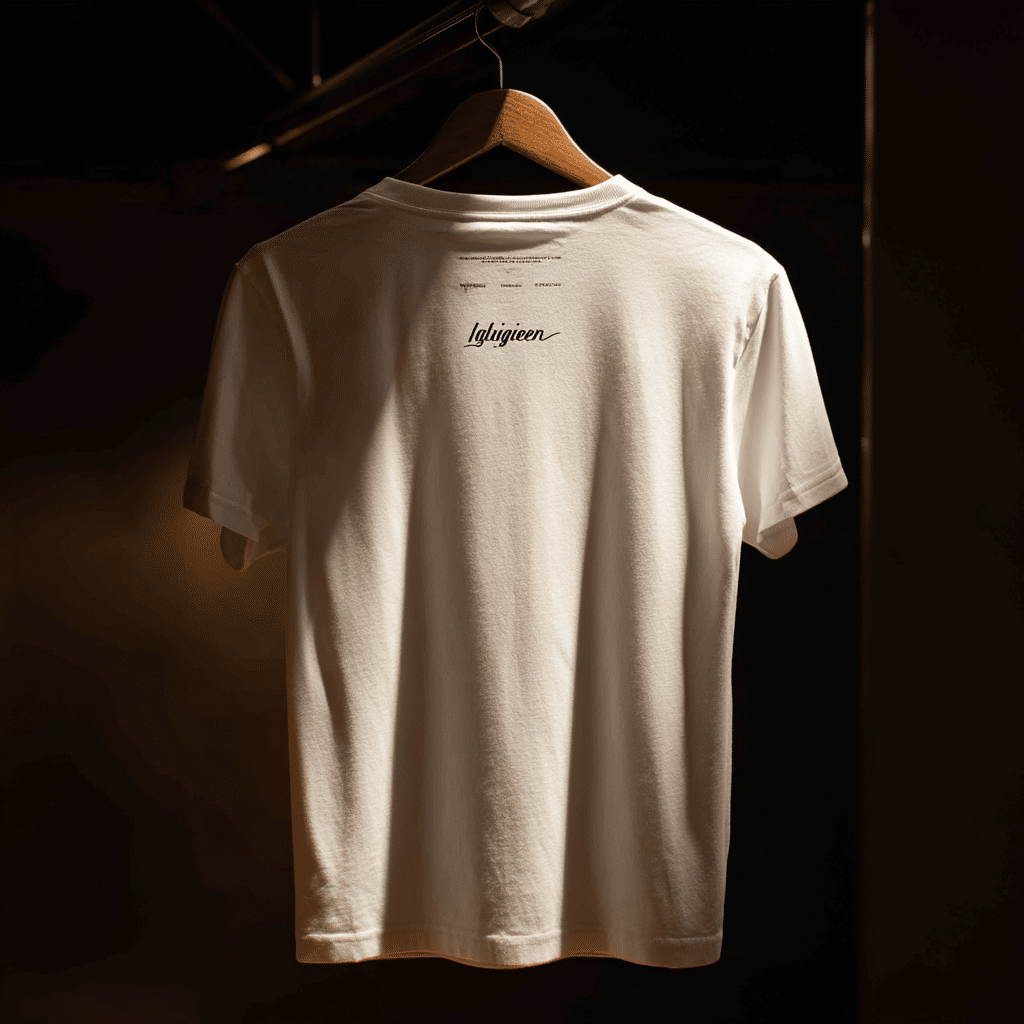
On the export front, Made in Italy T-shirts find a privileged outlet in Europe (France, Germany and the UK in the lead), but are looking with growing interest at the North American and East Asian markets, where the perception of handcrafted value plays a crucial role.
Italian textile companies have seized the opportunity to position themselves as "sustainable suppliers", adopting certified and traceable supply chains, an increasingly decisive factor in the purchasing choices of Millennials and Gen Z, with a more attentive eye towards sustainability and the impact of their consumption.
Finally, the low-cost (Asia-centric) textile commodity crisis and the post-pandemic focus on local supply chains have strengthened the value of the nearby' productions. Who decides to launch a t-shirt brand can now count on a climate of trust in Italian excellenceas long as they know how to communicate their history and quality standards transparently.
Market niches and opportunities
The evolution of consumer preferences has created increasingly specific segments, in which a targeted offer can translate into rapid success. A first niche of great interest concerns the T-shirts with social messages and ethical claimsbibs that convey environmental, equality or inclusion causes, capable of transforming the customer into an active ambassador of brand values.
Audiences, especially among Millennials and Gen Z, appreciate products that tell authentic stories and support concrete initiatives, creating a lasting emotional connection.
Another strategic opportunity is offered by the collections in limited editionNumbered print runs, exclusive graphics and collaborations with emerging artists or established illustrators turn the T-shirt into a collector's item. The concept of scarcity stimulates the urge to buy and generates buzz on social media, increasing the perception of brand value and encouraging word-of-mouth.
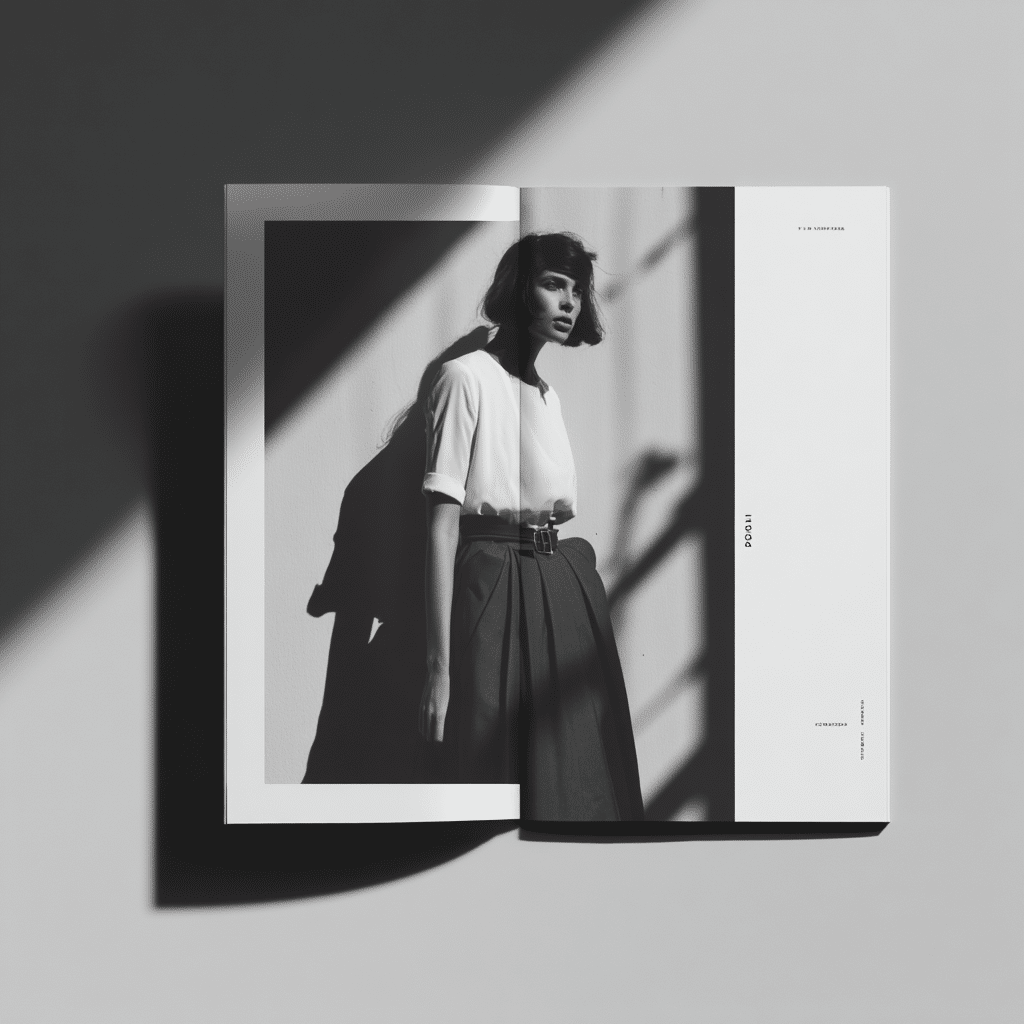
Le sustainable lines represent a third booming niche. The use of organic cotton, low-impact dyes and certified processes (GOTS, Oeko-Tex) responds to a growing demand for transparency and environmental responsibility. Aware consumers are willing to pay a premium price in order to contribute to a circular economy and reduce their ecological footprint.
Finally, on-demand customisation, made possible by the digital printing (DTG) and D2C platforms, opens up a segment of customised micro-collections: each customer can become a designer, choosing unique graphics, colours and details. This model reduces unsold stock and lowers inventory costs, while offering an engaging, tailor-made shopping experience.
Exploiting these niches means analysing the emerging trendstesting market reactions with small batches and calibrating communication to the specific target group. In a crowded industry, the key to success in 2025 lies in the ability to offer not only a quality garment, but an experience and an identity that resonate with consumer aspirations.
Defining the architecture of your T-shirt brand
The construction of a t-shirt brand made in Italy starts long before the first sample: it starts with a strong idea, embodying a message or an emotion that strikes a chord in the heart of your audience.
As with any other type of clothing, defining the concept means first and foremost identifying the values that will guide every choice - from the aesthetics of the logo to the materials and the tone of voice of the communication. In a market saturated with similar proposals, a well-articulated concept acts as a guiding star, ensuring consistency and recognisability.
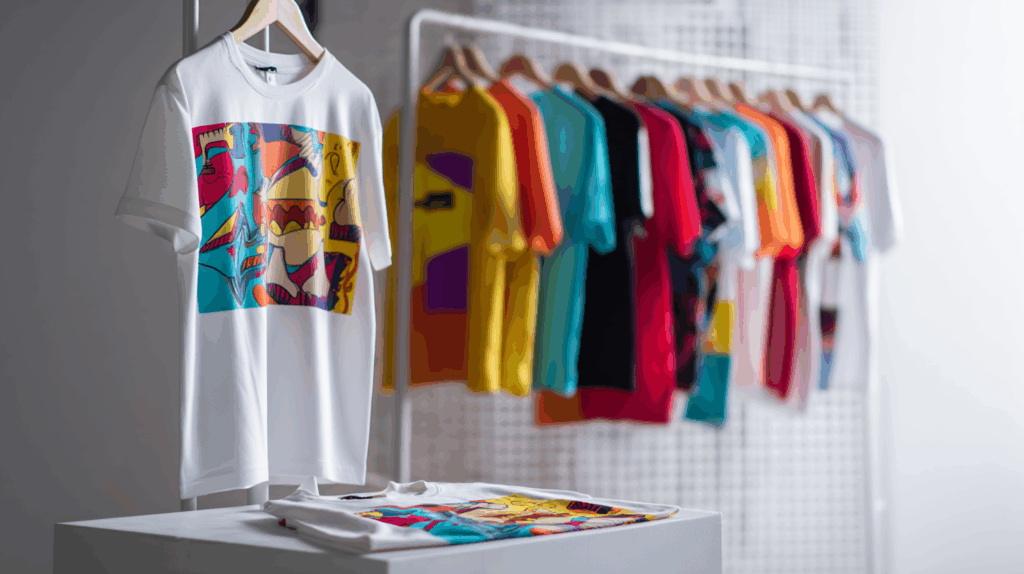
Before going on with the theory, a few example of brands that have developed a T-shirt concept interesting and competitive: the Mimi a la Mer T-shirtswith their wave-inspired Mediterranean designs and certified organic fabrics; Iuterwhich has built a strong identity around Milanese streetwear culture and urban art; Workshops36specialising in capsule collections created in collaboration with contemporary artists; and Fradis, known for its 'eco-luxury' approach combining high-end recycled materials with minimalist graphics.
But how did they get there? To build the conceptany brand starts by mapping its ideal audience. So don't be afraid to put your face to the wheel: talk to potential customers, analyse forums and social media, set up quick surveys to understand tastes, needs and values.
What will emerge will be a prospectus of buyer personas detailed: give them a name, a background, concrete aspirations. This work will help you precisely define the set of elements that will make up your concept, from the colour mood to the printing techniques, to the tone of voice to be used in communication.
In parallel, study competitors direct and indirect: analyse strengths, pricing strategies and the stories they tell. Identify supply gaps that you can fill with a distinctive idea - be it an ultra-short supply chain, limited edition artwork or fully recyclable packaging.
Brand identity and storytelling
L'brand identity is the set of visual, verbal and emotional elements that define the personality of your project. It includes the name, logo, typography, colour palette and distinctive symbols. But it is not enough: storytelling is the narrative component that brings these elements to life, transforming them into an engaging experience.
To build an effective storytelling, identify a 'fil rouge' that links your story to a strong human experience: it can be the story of a territory, the ethics of a small workshop, the artistic inspiration of a designer. Tell about the people behind the production: the craftsman who selects the yarns, the colourist who creates the shades, the graphic designer who designs the print. Each anecdote adds to the authenticity and generates empathy.
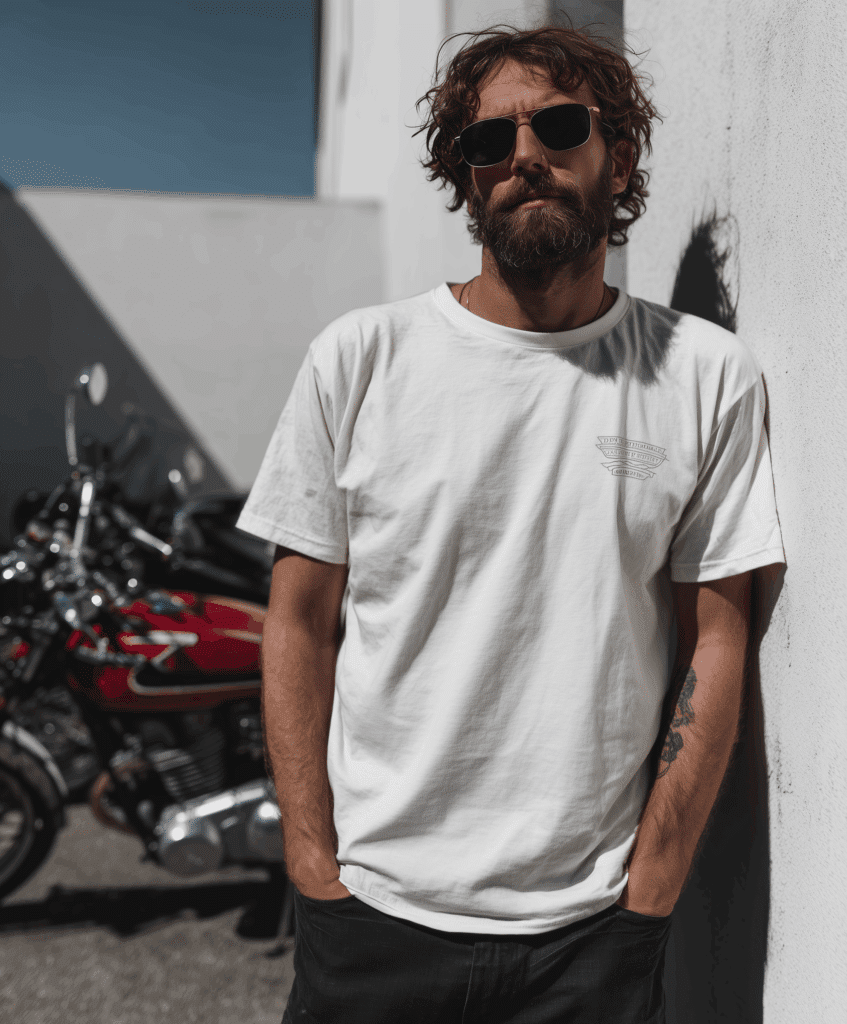
At the heart of storytelling is the customer: make him feel like a protagonist in your journey. Use multimedia formats (videos, podcasts, behind-the-scenes photos) and turn the production process into dynamic content to share on social media. Engaging your audience with live events, interviews and workshops creates an active and loyal community ready to become your brand ambassadors.
Moodboard and aesthetic coherence
The moodboard is the tool that translates the concept into concrete visions. Collect images, textures, fabric samples, colour palettes and design references that embody the soul of your project. The moodboard can be digital (Pinterest, Miro) or physical, hanging in the studio: the important thing is to always have it in front of you in creative and productive moments.
This tool serves to maintain aesthetic coherence between all collections: it helps designers and suppliers to understand exactly which style to recreate, which materials to favour and which atmospheres to evoke. Visual coherence is crucial for building anidentity strong: a customer who immediately recognises your style, season after season, becomes loyal and spreads your brand by word of mouth.
Finally, the moodboard is a wonderful vehicle for internal communication: it aligns the team on objectives, materials and style choices, reducing errors and misunderstandings and accelerating the design process. When everyone speaks the same 'visual language', the result is faster, more effective and above all more distinctive.
Materials and printing techniques
In the construction of a t-shirt brand of success, the choice of materials and printing techniques is a crucial element that determines not only the look and comfort of the garment, but also its durability and the positioning of the brand in the 'premium' segment.
When we talk about t shirt made in italy production, we aim to offer products made with excellent raw materials and certified processes that meet the expectations of consumers who are increasingly attentive to detail, sustainability and perceived value.
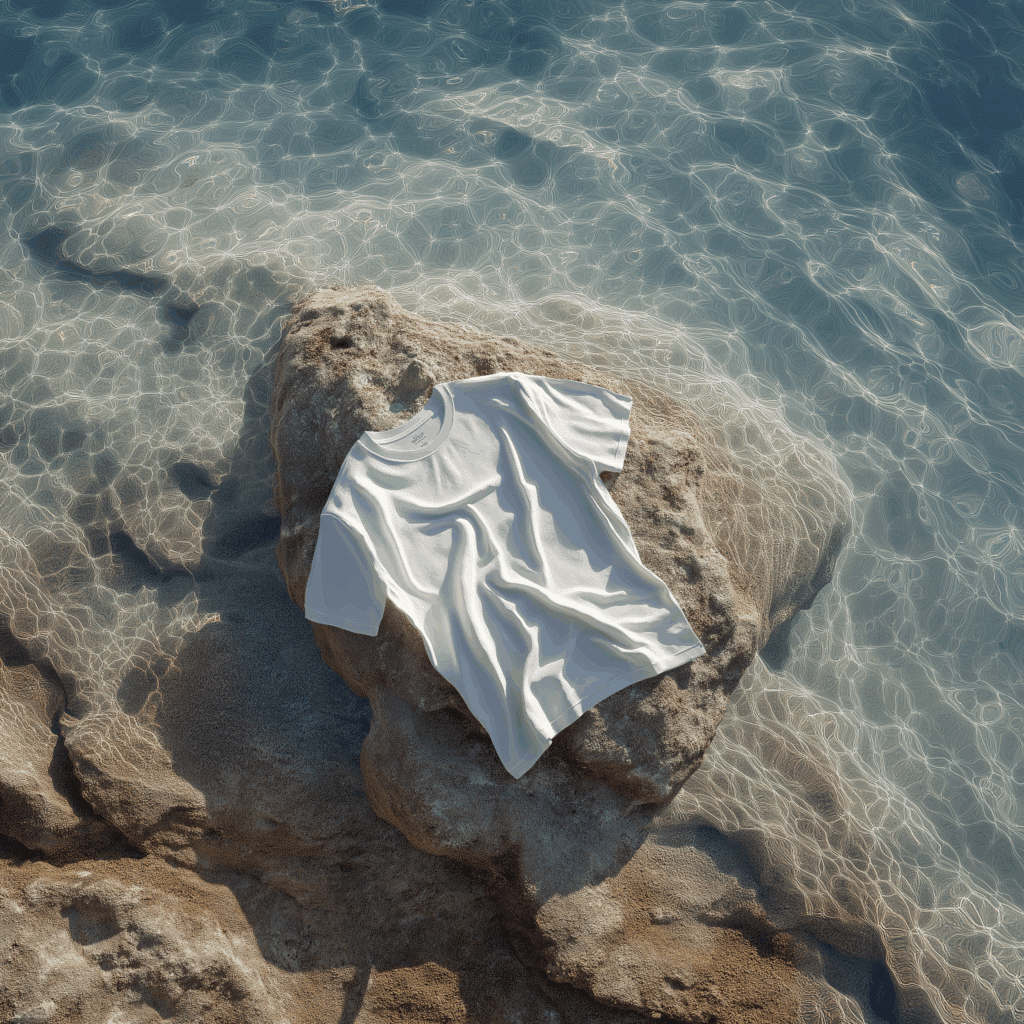
Select the organic cotton or high-end mixed fibres enables the creation of soft, breathable and naturally hypoallergenic garments, while the adoption of cutting-edge printing techniques - from traditional silkscreen printing up to the most recent digital printing (DTG) - expands creative possibilities and meets the needs of large or small runs, simple or complex designs.
In this section we will explore in depth two pillars of quality: sustainable materials and printing techniques, illustrating advantages, limitations and tips for choosing the optimal combination.
Organic cotton and sustainable materials
The organic cotton has become synonymous with environmental responsibility and high comfort. Cultivated without the use of pesticides, chemical fertilisers or genetically modified organisms, this fabric respects natural soil cycles and requires less water than conventional cotton.
The result is a fibre that is stronger, softer to the touch and able to maintain its structure over time, reducing deformation and shrinkage. For a brand that focuses on 'made in Italy', the integration of organic cotton certified GOTS (Global Organic Textile Standard) or OCS (Organic Content Standard) becomes a further element of distinction, capable of justifying a premium price and responding to a market demand that is increasingly sensitive to green issues.
In addition to cotton, fine blends - such as modal, bamboo viscose or certified linen - offer special characteristics: lustre, thermoregulatory capacity and natural antibacterial properties. These materials can be combined with organic cotton to obtain blended fabrics that combine strength and comfort while maintaining breathability and favouring moisture absorption. For a t-shirt brand, the choice of these fibres involves a careful search for Italian suppliers specialised in eco-friendly spinning and dyeing, able to guarantee traceability, waste reduction and the use of low-impact dyes.
The BAD Method for Developing Your Brand
The BAD (Be A Designer) Method is a structured approach designed to guide the aspiring fashion entrepreneur from concept to sale.
This method was developed for combining creativity, technical knowledge of the Italian textile supply chain and effective marketing strategiescreating a step-by-step path to launch a successful brand even with limited resources.
At the heart of the BAD Method is the realisation that the designer must be the protagonist not only of the design, but of all the activities that bring the product to market: from the choice of materials to the communication campaigns.
The modular approach of the BAD Method also allows you to delve into individual topics according to your needs: if you want to improve the fit of your T-shirts, you will focus on phase 1; if you want to reduce costs and lead time, you will work on phase 2; if you want to increase visibility and sales, you will delve into phase 3. In this way, the BAD Method is perfectly suited to both those starting from scratch and those who want to improve an already established project.
1. Be the mind behind every creation
The first rule of the BAD Method is that the designer must not limit himself to the role of 'creator' of the graphics, but become the director of each phase of the project. Being 'the mind behind every creation' means actively participating in the selection of materials-from the type of cotton to blends with natural fibres-and in cutting, sewing and finishing decisions. At this stage, quality standards are defined: fabric weight (expressed in g/m²), knit density, percentage of elastane for comfort and strength, and type of dyes.
To work effectively, the BAD Method involves the creation of a technical document in which all specifications are collected: material sheets, printing instructions, fabric samples, reference photos and moodboards. This 'style manual' becomes the point of reference for suppliers and collaborators, ensuring that each T-shirt exactly reflects your vision. In addition, a continuous feedback loop-through prototypes and wearable tests-allows you to refine the product before moving on to mass production.
Finally, this phase includes defining the distinctive elements of your brand: packaging, labelling, positioning of logos and details (collar, sleeves, bottom). Each choice must reinforce the brand identity and enhance the concept of t shirt made in italy productionmaking clear the link with Italian craftsmanship and excellence.
2. Embrace supply chain and production
The second phase of the BAD Method focuses on building a solid network of suppliers and laboratories in Italy. "Embracing the supply chain" means not simply delegating production, but establishing partnerships with companies that share your values of quality, transparency and sustainability. In this phase, you will personally visit dye-works, knitting mills and garment factories to understand times, costs and processes.
A key aspect is the negotiation of MOQ (Minimum Order Quantity) content: thanks to the variety of small and medium-sized Italian companies, you can start pilot orders with a few dozen items, testing materials and printing techniques without committing to excessive stocks. At the same time, you can plan quick iterations with suppliers, reducing lead times and adapting to market trends.
In addition, the BAD Method includes a checklist of ethical and environmental compliance: eco-sustainability certifications (GOTS, OEKO-TEX), water recycling practices and use of renewable energy. These elements are not just 'labels' to hang on garments, but real guarantees for consumers who are increasingly aware of the supply chain. By being directly involved, you can control every step, improve the quality of your custom-made T-shirts and offer a product where the words 'made in Italy' are not a marketing claim, but a tangible reality.
3. Develop your business and marketing
The third phase of the BAD Method turns your creativity into concrete sales. "Develop your business and marketing" means defining your ideal target audience, creating a communication plan, and setting up an e-commerce optimised for user experience and SEO. In this phase you will acquire skills in:
-
Target Definition: creation of detailed buyer personas and analysis of the most suitable social channels (Instagram for Gen Z, Pinterest for lookbook, LinkedIn for B2B collaborations).
-
Content strategycalendar of posts, newsletters and blog articles, focusing on topics such as 'behind the scenes', sustainability, capsule wardrobe styling, and constantly using the keyword t shirt made in italy production.
-
E-commerce Setup: choice of platform (Shopify, WooCommerce, Magento), optimisation of product cards (optimised copy, images with descriptive alt text, schema.org markup).
-
Digital advertising: creation of Facebook/Instagram Ads and Google Shopping campaigns, with targeting based on interests, demographics and lookalike audiences.
-
Email marketing and CRMdatabase segmentation, automation flows for abandoned shopping carts, welcome series and seasonal promotions.
By combining these tools, you can not only increase qualified traffic to your site, but also improve conversion and retention rates. The BAD Method offers email templates, campaign setup guides and KPI monitoring dashboards at this stage, giving you full control over return on investment (ROI) and planning future collections based on sales data and customer preferences.
